Cadence
Cadence in architecture, as in music, offers various rhythms
Cadence is the repetitive pace of structural elements, details, patterns and materials. It generates the sense of rhythm and composition in a building.
Cadence brings alive the majesty of a space, and the dynamic experience we have as we move through it.
Rhythm Orchestrates Beauty & Composition

The Museum of Anthropology, University of B.C., Canada. Designed 1971

California Plaza, Los Angeles, California, USA. Designed 1980, with Kamnitzer & Cotton, Gruen Associates, and WZMH

Evergreen Building, Vancouver, B.C., Canada. Designed 1978
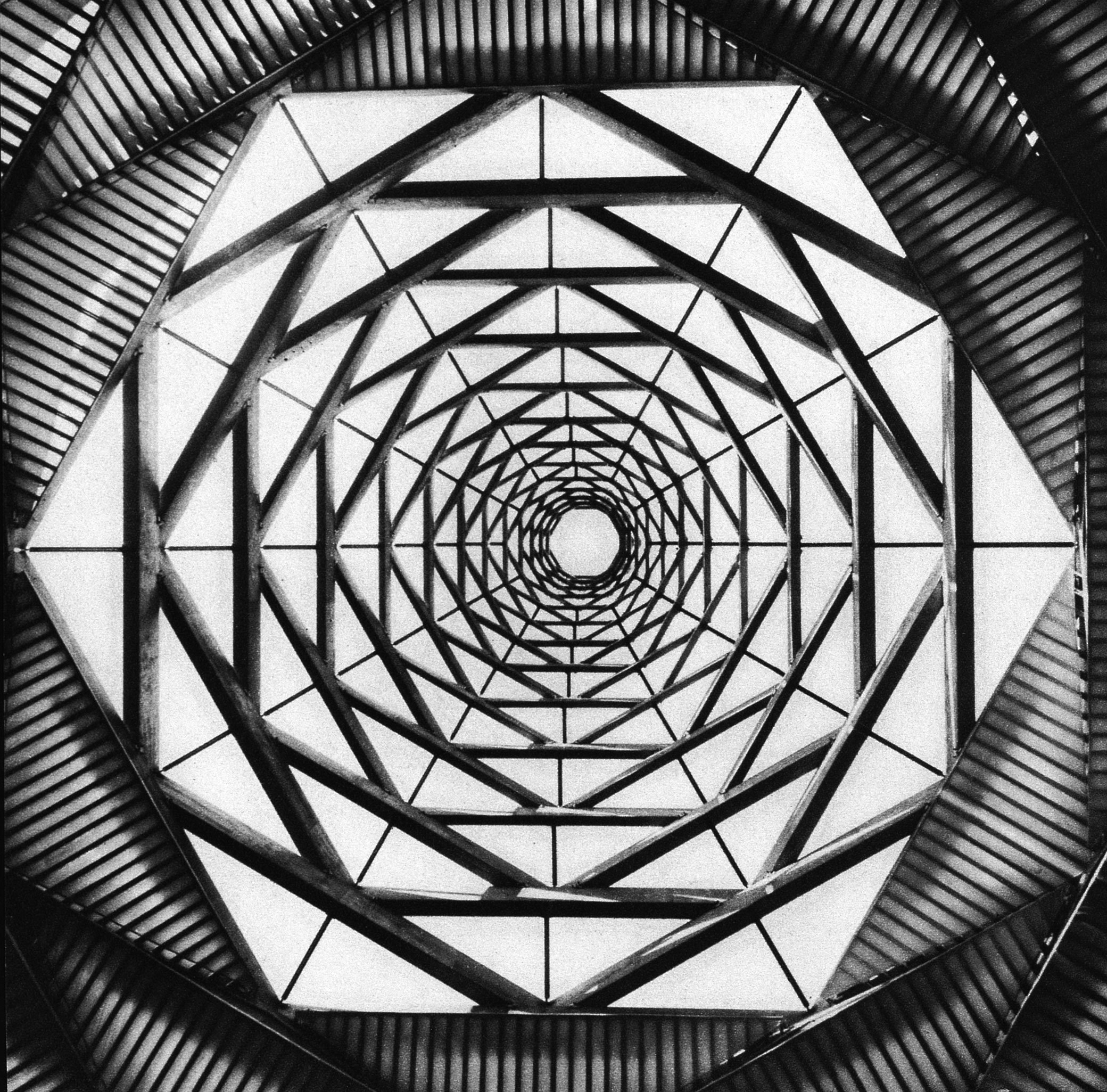
Man in The Community Pavilion, Expo’67 Montreal, Quebec, Canada. Designed 1965 with Geoffrey Massey

Law Courts Complex, Vancouver, B.C. Canada. Designed 1973

University of Lethbridge, Alberta, Canada. Designed 1968 with Geoffrey Massey
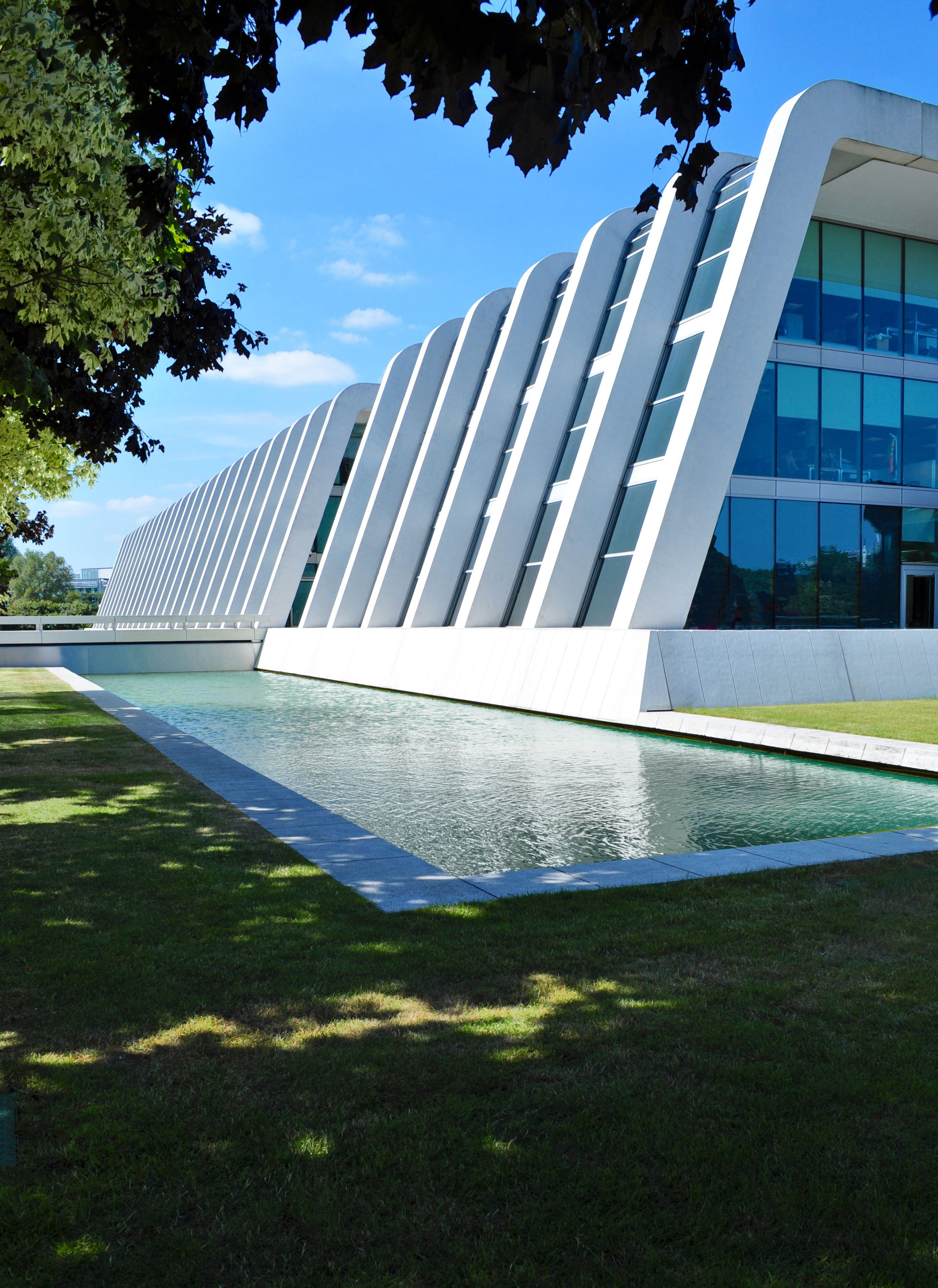
Napp Laboratories, Cambridge, England. Designed 1979
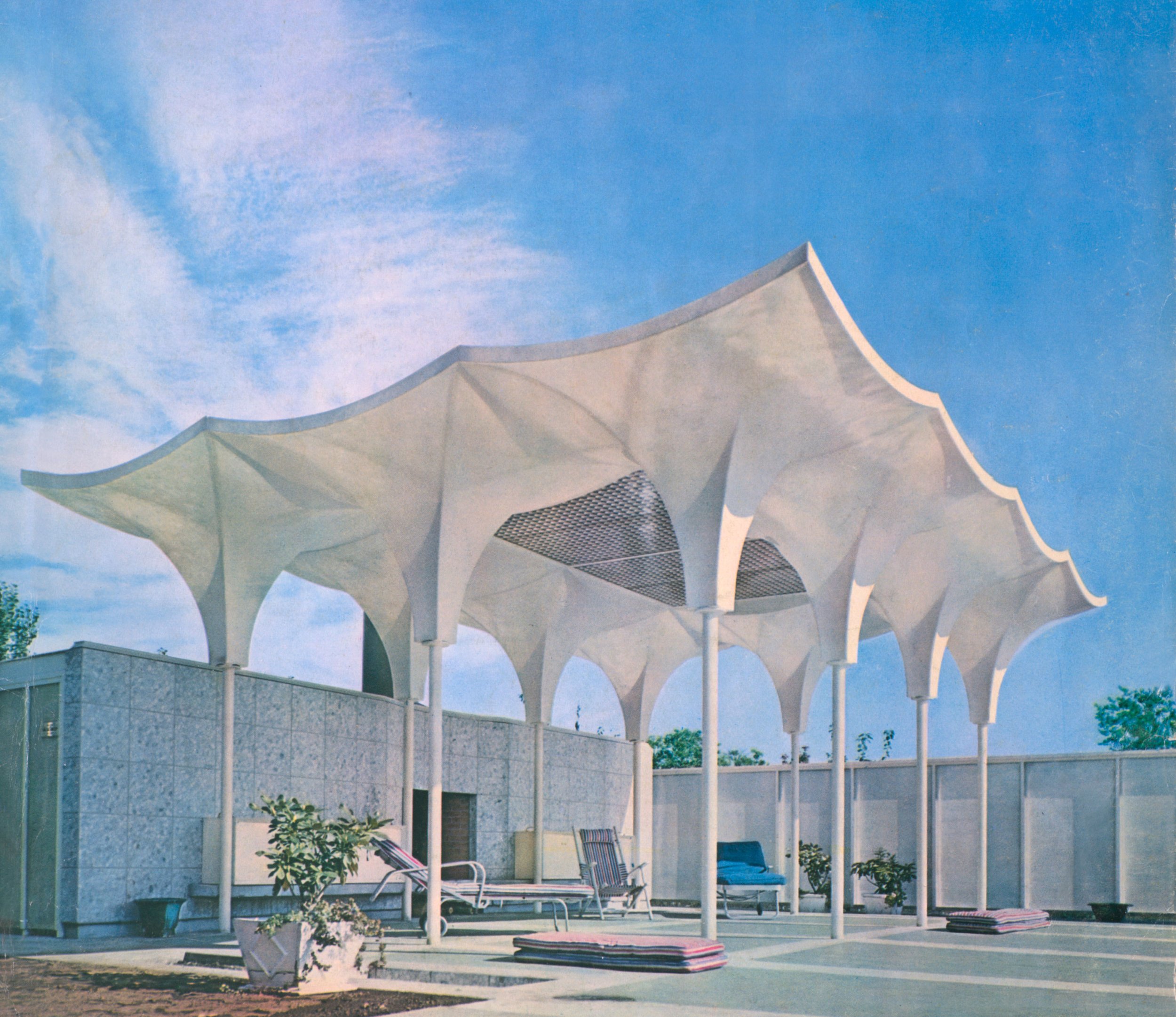
Grauer Pool Cabana, Vancouver, B.C., Canada. Designed 1957

Simon Fraser University, Burnaby, B.C., Canada. Designed 1963 with Geoffrey Massey; Associated architects: Zoltan Kiss (Academic Quadrangle)
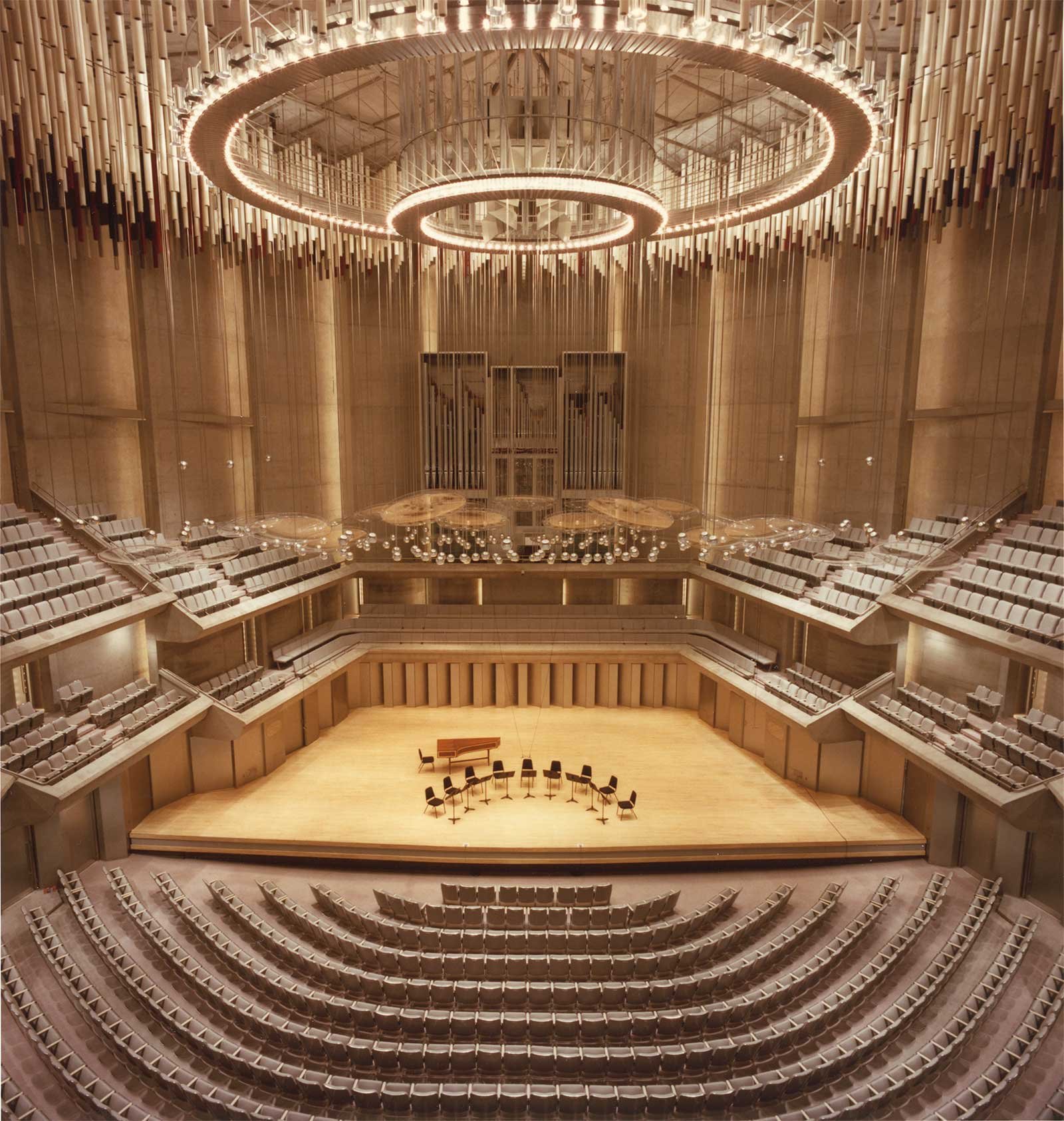
Roy Thomson Hall, Toronto, Ontario, Canada. Designed 1976, with Mathers and Haldenby
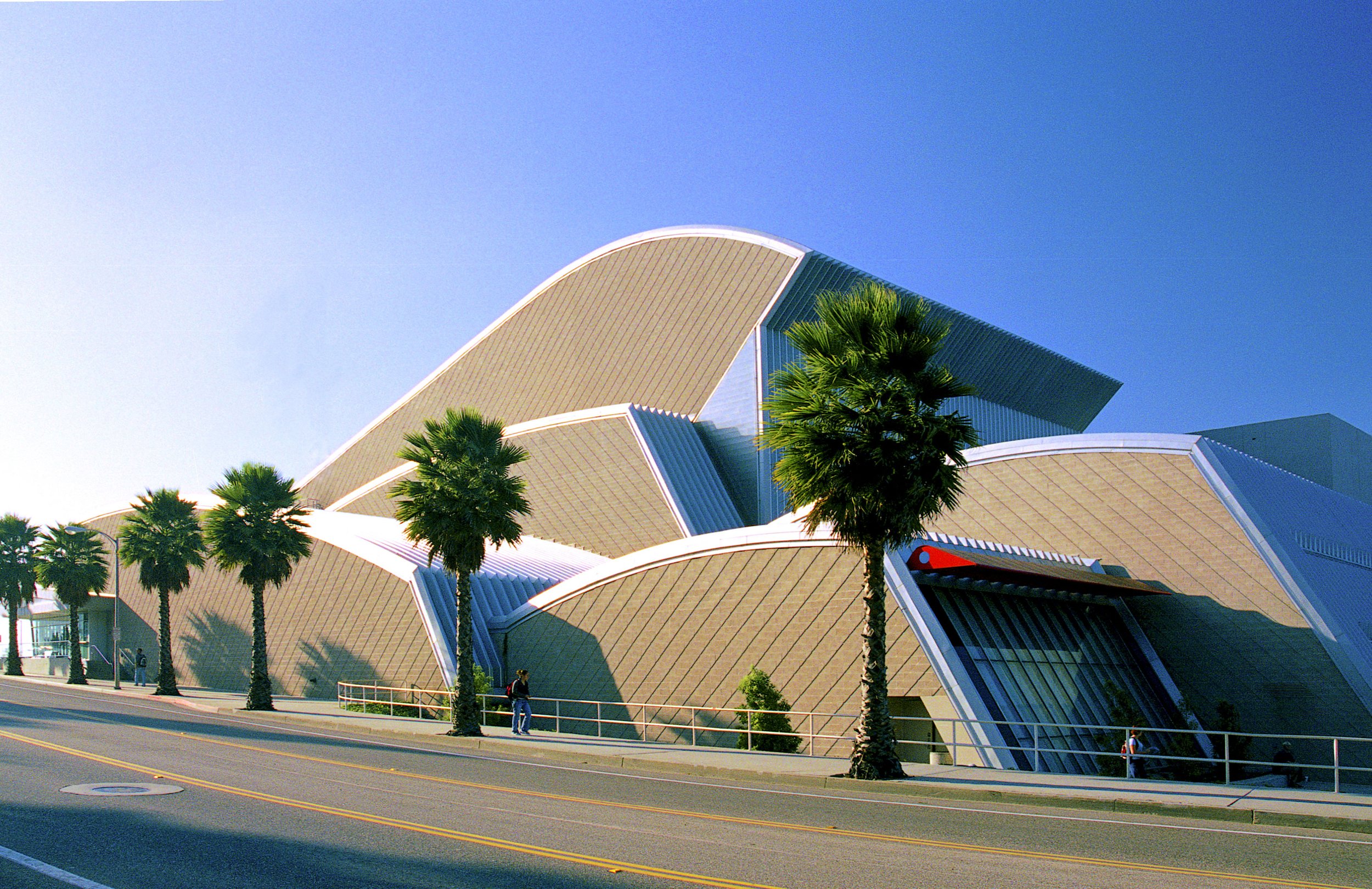
Christopher Cohan Performing Arts Center, San Luis Obispo, California, USA. Conceptual design 1989, with Alberto Bertoli and John Carl Warnecke Associates
Photos from Erickson Family Collection (arthurerickson.com)

